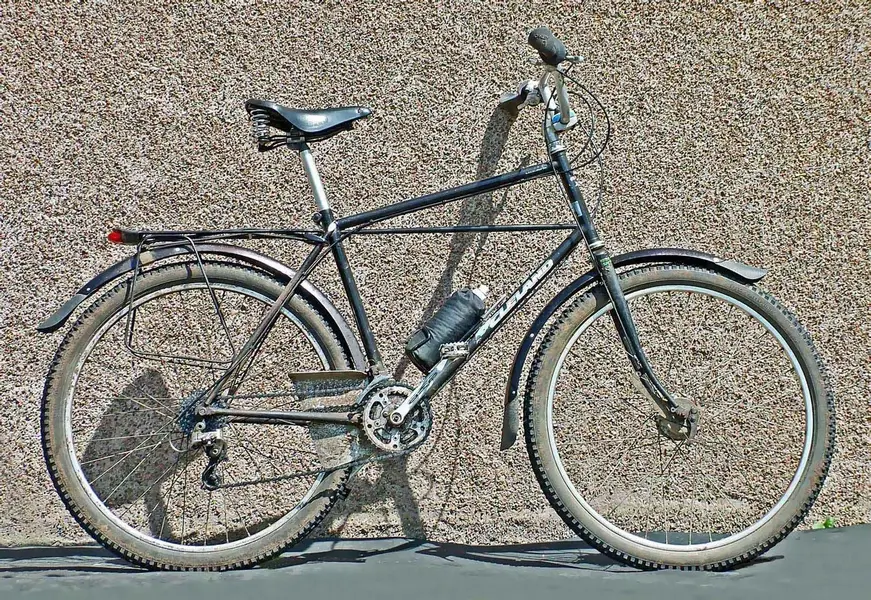Re:
Until now i had assumed the 26 in referred to rim dia
Sadly, all that inch stuff only refers to a nominal outside diameter....and is next to useless really.

To actually work anything out you really need to use the metric ISO/ETRTO system. Look for something like '58-559' or '22-622' marked on the tyre or rim. The big number second (in the hundreds) is the tyre bead and rim seat diameter in millimetres. The small number is either the approximate height of the tyre when fitted, or the internal width of the rim cross section. Match the big numbers and the tyre will fit the rim.
26" wheel bead seat = 559mm ETRTO diameter
650B wheel bead seat = 584mm ETRTO diameter
29er wheel bead seat = 622mm ETRTO diameter
So, given the same fattness of tyre, a 650B combo will be 25mm larger diameter than a 26", and 38mm smaller than the 29er. So not really half way between the two sizes as the marketing name suggests.
To work out the actual diameter of any combination of any wheels, add the ETRTO diameter to 2x the tyre height...
-Let's take your Cannondale's 26" wheel and fit the 2.1" tyre, probably marked 54-559...It's 559mm for the rim diameter+(2x54mm for the tyre fatness) = 667mm (26.6") when fitted.
-The same fattness of tyre on a 650B/27.5er will be 584 + (2x54) = 692mm (27.2")
-Again on a 29er it'll be 622 + (2x54) = 720mm (28.3")
So generally a 26" wheel is a bit bigger than 26" and the 27.5er and 29er are a bit smaller that you might think, just going by their big ticket names. :roll:
Not really sure why Kirk Pacenti went for the 650B/584mm to revive, rather than going for 26 x 1 1/4 sizing, which at ETRTO 590mm actually does falls right on half way between 26"/559 and 29er/622mm. Both these middling sizes were just about as dead as each other at the time...Presumably influenced by all those Portland porteurs with their Randonneur copies.

All the best,
